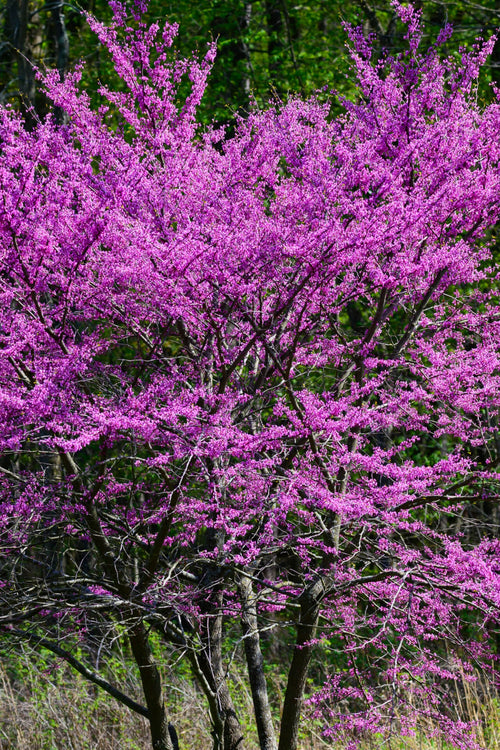What Is A Redbud Tree?
The Redbud Tree Is A Deciduous Flowering Tree That Grows Up To 15 Meters Tall. It Blooms In The Spring With Small, Fragrant Pinkish-White Flowers And Produces Edible Fruit That Turns Brown In The Fall.
How Do You Take Care Of A Redbud Tree?
Redbud TreesAre Easy To Take Care Of; Give Them Enough Sun And Water Them Regularly. They Also Grow Well In Containers, So They're Ideal For Apartment Dwellers Who Have Limited Space.
How Much Sunlight Can A Redbud Tree Take?
Redbud Trees Like Full Sun, But They Can Also Grow In Partial Shade. If You're Concerned About How Much Sun Your Tree Will Get, Plant The Tree In A Site Where It Can Receive Sunlight For At Least Six Hours A Day.
Do Redbud Trees Back Up Every Year?
Yes! Redbuds Are Deciduous Trees That Grow New Leaves Every Year, So They'll Come Back Strong Each Year.
What Does A Redbud Tree Look Like?
Redbud Trees Grow To Be About 20 Feet Tall And Wide. They Have A Rounded Shape, And Their Leaves Are Oval-Shaped With Serrated Edges. The Flowers That Bloom On The Redbud Tree Are Pinkish Purple In Color And Appear From March Through April.
Where Does Redbud Tree Grow At?
Redbud Trees Prefer Full Sun And Well-Drained Soil, But They Can Tolerate Some Shade And Even Drought. They Thrive In USDA Zones 4 Through 8.
What Are The Environments Redbud Trees Grow In?
Redbud Trees Grow In A Variety Of Environments, From Full Sun To Partial Shade. They Need Moist Soil And Can Tolerate Drought.
Are Redbud Trees Toxic?
No, Redbuds Are Not Toxic. These Plants Are Safe For Humans, Pets, And Wildlife.
How Do You Grow a Redbud Tree?
This Plant Can Grow In Full Sun Or Partial Shade. They Prefer Moist Soil And Are Drought-Tolerant Once Established.
How Do You Care For a Redbud Tree?
Redbud Trees Require Little Care Beyond Watering During Dry Periods And Fertilizing Every Few Years With Compost Or Manure. They Prefer Well-Draining Soil And Full Light Exposure. If You Want To Plant Your Redbud In A Container, Ensure To Have Good Drainage Holes So The Roots Don't Become Waterlogged.
How Did Redbud Trees Get Their Name?
The Name Comes From The Pinkish-Red Flowers That Bloom On This Tree In Late Winter And Early Spring Prior To Producing Leaves From Buds At Its Base.



















































